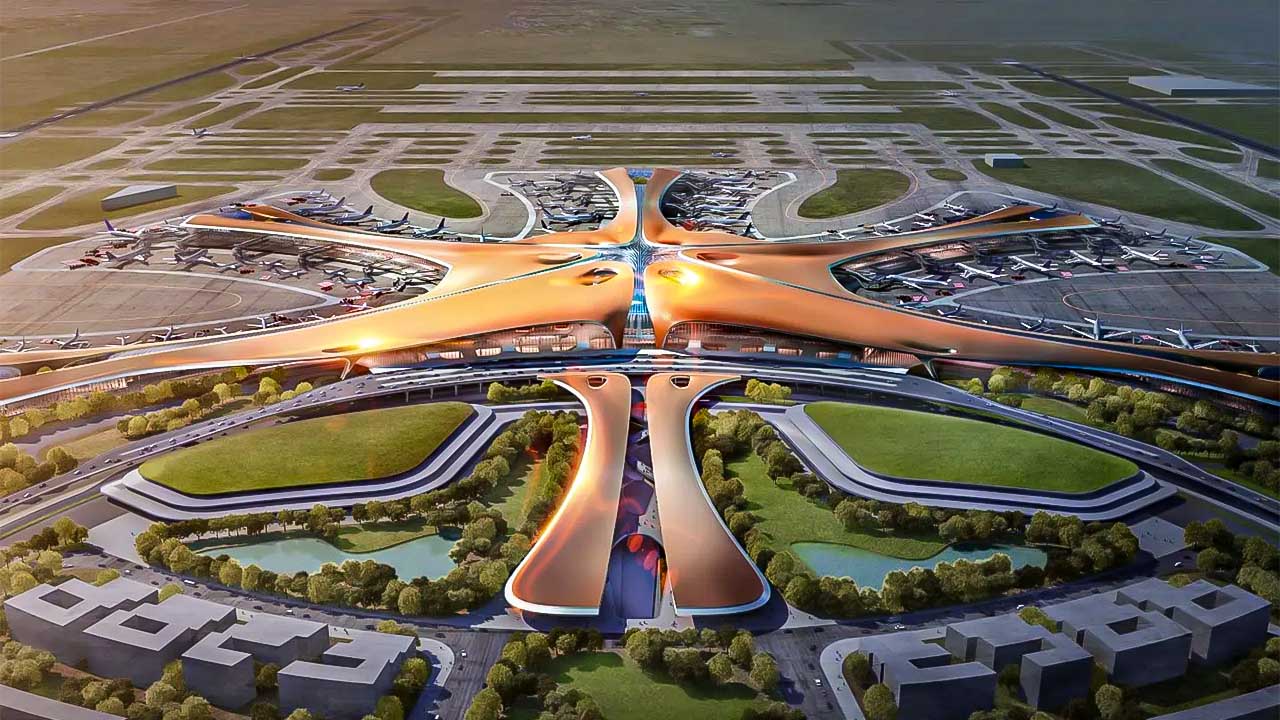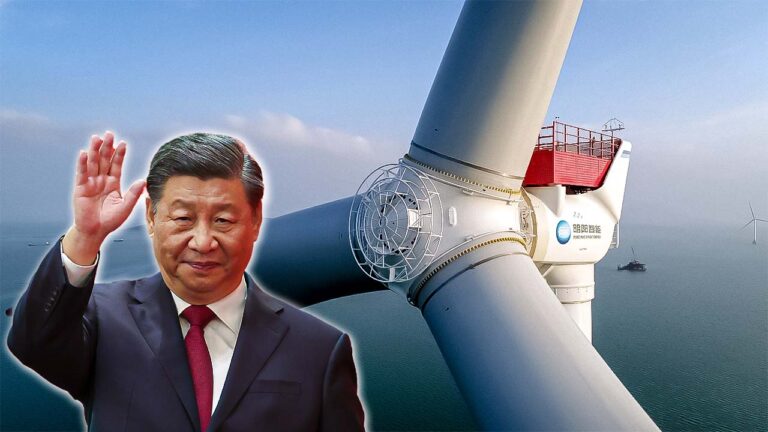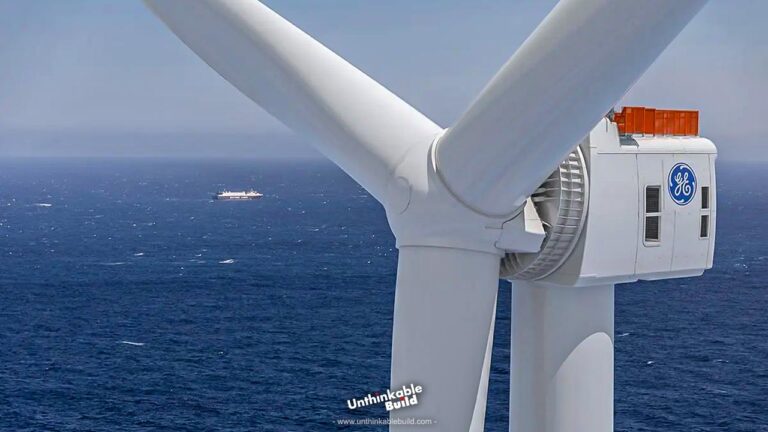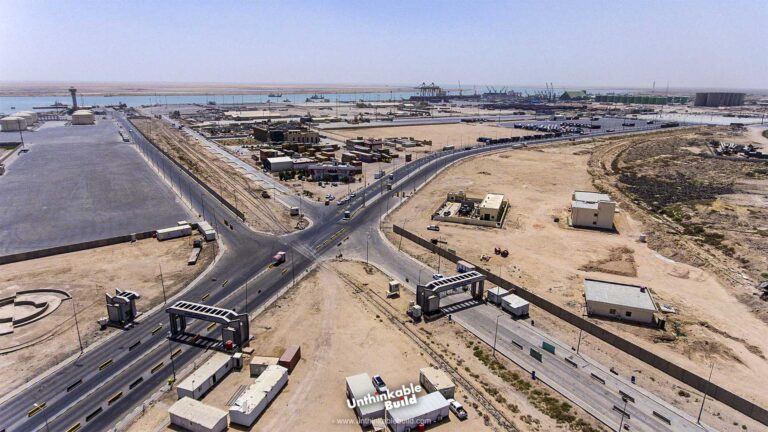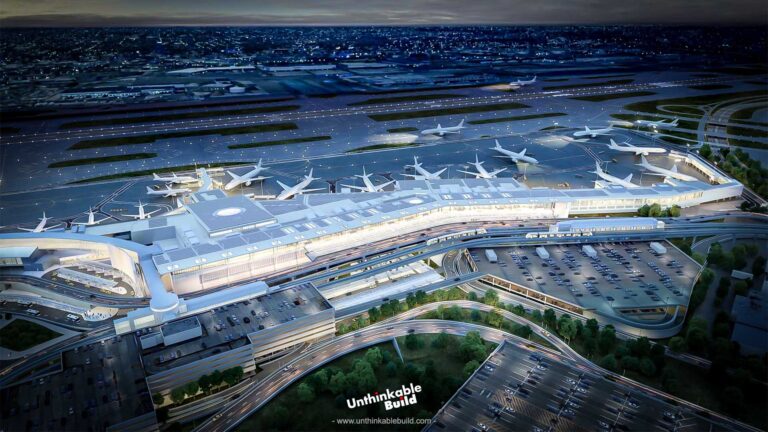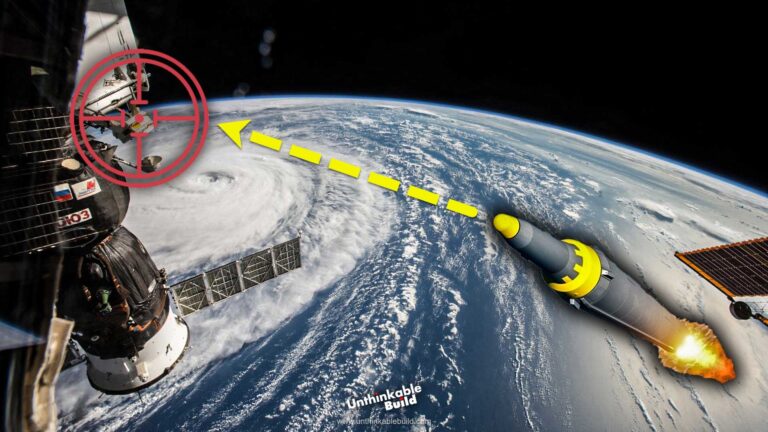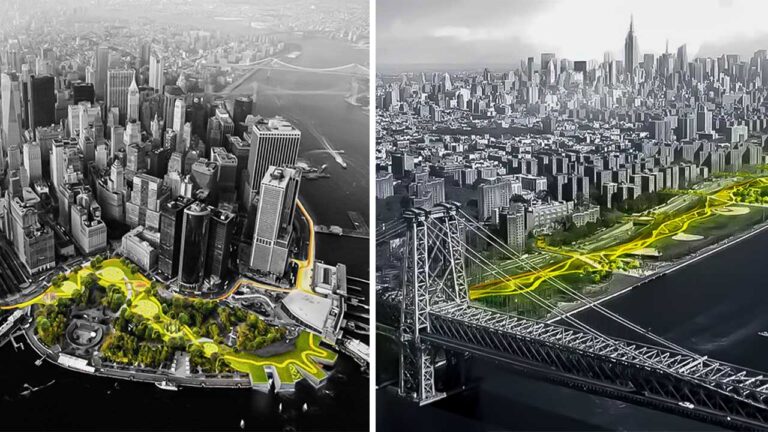Navi Mumbai Airport: A Game-Changer for India
India, with its rich history, diverse culture, and vast population, has been steadily making strides in the global economy. Goldman Sachs group predicts that India will ascend to the position of the world’s second-largest economy by 2075, while Financial Times’ Martin Wolf suggests that by 2050, India’s purchasing power will surpass that of the United States by 30%.
However, amidst the optimism, India faces notable challenges that must be addressed to sustain its economic trajectory. These challenges include unbalanced growth, requiring equitable development across regions and sectors and enhancing the ease of doing business and fostering innovation.
Amidst the array of challenges that adorn India’s ambitious stage, the Navi Mumbai International Airport emerges as a titan of aspiration and resolve. Conceived in the planning chambers back in 1997, its journey to realization has been marked by a series of formidable obstacles that have thus far hindered its completion.
Once unfurled in all its grandeur, the Navi Mumbai International Airport will proudly claim the title of India’s second-largest aerodrome, trailing only the illustrious Indira Gandhi International Airport in Delhi. Envisioned to host a staggering influx of 60 million passengers annually, its sprawling runways stand as testaments to ingenuity, capable of embracing the arrival and departure of 80 flights each passing hour.
The magnitude of this undertaking knows no bounds, for the obstacles overcome have been nothing short of monumental. In a literal sense, the project has involved the removal of obstacles such as mountains and the diversion of a river. This tangible progress signifies the ongoing and relentless efforts towards the completion of this monumental construction endeavor. These tangible feats serve as echoes of the unwavering commitment to seeing this grand vision through to its triumphant culmination. The realization of the dream of $2.1 billion Navi Mumbai International Airport project looms on the horizon, its advent eagerly awaited amidst the ever-evolving landscape of the skies.
Also Read: US Economy after the Francis Scott Key Bridge Collapse
Mumbai, alternatively known as Bombay, stands as a pivotal hub, boasting immense significance on various scales.
It contributes a staggering 40% to the total income of Maharashtra, its parent state. The city’s landscape is dotted with thriving hi-tech industries, including call centers, online banking facilities, and software development firms.
On the national front, Mumbai emerges as India’s commercial and financial epicenter, pumping approximately US $310 billion into the nation’s economy. Internationally, Mumbai shines as a beacon of investment, attracting the largest influx of foreign capital among Indian cities. Its allure extends to hosting the highest number of international companies in Asia. The city’s thriving tourism industry further enhances its global stature, drawing visitors from far and wide.
Amidst the rich blend of economic activities, cultural dynamism, and tourist attractions, Mumbai’s skies hum with a constant stream of domestic and international flights. This surge in air traffic has transformed Chhatrapati Shivaji Maharaj International Airport into a bustling hub of activity.
However, the airport’s popularity comes at a cost. Overwhelmed by the sheer volume of flights, cancellations have become an all too common occurrence, disrupting the daily routines of many passengers, including weary businessmen, and leaving them stranded amidst the chaos of uncertain travel plans.
According to experts, Mumbai’s present airport has hit its saturation point, leading to daily flight delays and frequent fare hikes aimed at managing passenger numbers. The repercussions extend beyond inconvenience, as the economy and tourism sector of India also bear the brunt of these flight cancellations.
In response to this predicament, the blueprint for the Navi Mumbai Airport was devised. However, this time, the visionaries sought to not only address the immediate needs but also to anticipate future challenges by incorporating state-of-the-art amenities. Among these considerations was the integration of facilities to accommodate the forthcoming Mumbai-Hyderabad high-speed railway line, ensuring that the airport remains adaptable and resilient in the face of evolving demands.
In a monumental endeavor, the three-phase project known as D. B. Patil International Airport is taking shape, mirroring India’s national emblem, the lotus. The Navi Mumbai International Airport has been envisioned by the renowned London-based firm, Zaha Hadid Architects. It will boast three interconnected terminal buildings designed to enhance passenger experience. These state-of-the-art structures will house amenities such as food courts, lounges, and moving walkways.
In 2021, the project developer, Adani Group assumed control of the airport project and initiated construction in August of that year. The group stipulated that the entire project land must be transferred to them before commencing actual development. Despite land acquisition being officially completed in 2019, the project encountered hurdles related to rehabilitation and resettlement due to opposition from affected parties.
Also Read: Ben Gurion Canal will Drastically Reshape Regional Power Dynamics
It was only in July 2022 that the City & Industrial Development Corporation managed to transfer the entire 2,866 acres of land to Adani, following the eviction of all 3,070 structures in the project area.
Despite encountering numerous setbacks and challenges along the way, the Adani Group perseveres in the construction of this ambitious airport.
Situated to the east of Mumbai in the Raigad district, the airport site faced a significant hurdle: the Ulwe river. This natural watercourse originally traversed the planned location for the airport’s runway and terminals. Constructing an airport atop such terrain would undoubtedly invite disaster. During heavy rains, the potential for flooding could severely disrupt operations and jeopardize safety.
The construction of the airport is spearheaded by the City and Industrial Development Corporation. In 2011, CIDCO enlisted the expertise of Central Water and Power Research Station to assess the hydrological impact of the airport on the surrounding waterbodies. The CWPRS proposed the construction of a channel to divert the Ulwe River into the Moha Creek.
In April 2017, the Ministry of Environment, Forest, and Climate Change granted clearance for pre-development activities at the airport site. These activities encompassed several crucial tasks, including the flattening of Ulwe Hill and 3.2 kilometers long channel for diversion of the Ulwe River beyond the airport boundary.
In a significant milestone, Indian Prime Minister Narendra Modi inaugurated the foundation stone laying ceremony for the long-awaited airport project on February 18, 2018. As of early 2021, site preparations, including hill leveling and diversion works for the Ulwe River, are currently in progress.
The Navi Mumbai International Airport project is being executed in three distinct phases. The pivotal Phase 1 of this expansive project aims for completion by December 2024. Spanning an astounding 7000 acres, this mega endeavor is set to redefine the aviation landscape. Each of the two runways will extend an impressive 3700 meters in length and 60 meters in width, poised to accommodate the largest commercial aircraft in the world.
This phase is slated to accommodate 25 million passengers annually. Subsequently, through successive expansions culminating in the third phase by 2032, the airport’s capacity will be augmented to cater to over 90 million passengers and handle 2.5 million tons of cargo annually.
The Navi Mumbai International Airport transcends its role as a mere aviation hub; it symbolizes integration with broader transportation networks. A dedicated high-speed Navi Mumbai Metro Line 1 and the proposed Mumbai Metro Line 8 will swiftly transport passengers between the new airport and the existing Chhatrapati Shivaji Maharaj International Airport.
Moreover, its seamless connection to the proposed Mumbai-Hyderabad high-speed rail corridor, stretching an astounding 711 kilometers, exemplifies this vision. Additionally, the monumental Mumbai Trans-harbor link, spanning 21.8 kilometers with six lanes, will establish a direct road link to Mumbai, enhancing accessibility.
Furthermore, a significant solar energy farm will be implemented to provide clean power, reducing the airport’s dependency on traditional energy sources. This commitment to sustainability underscores the airport’s dedication to a greener and more efficient future.
With a whopping investment of $2.1 billion, the Navi Mumbai International Airport is set to soar to new heights. When pressed about the project’s costs, Indian Civil Aviation Minister Jyotiraditya Scindia assured that nothing will stand in the way of its completion by the end of 2024. Mark your calendars because come March 31, 2025, we’ll be taking off into a new era of aviation excellence.

